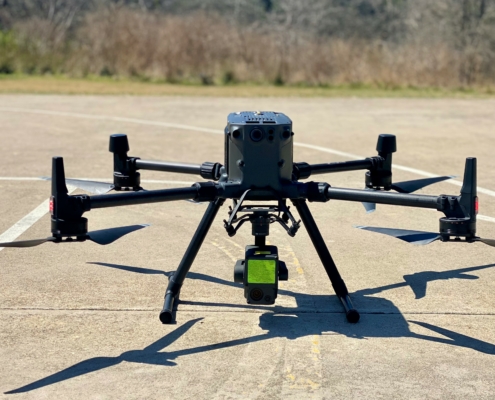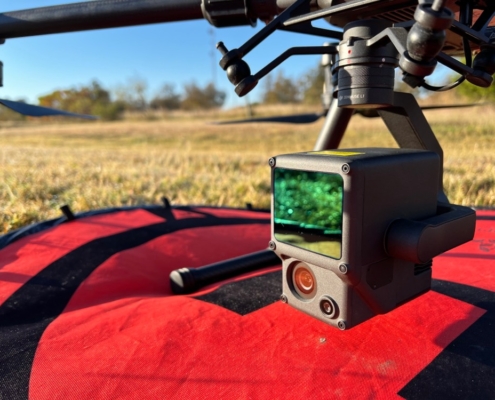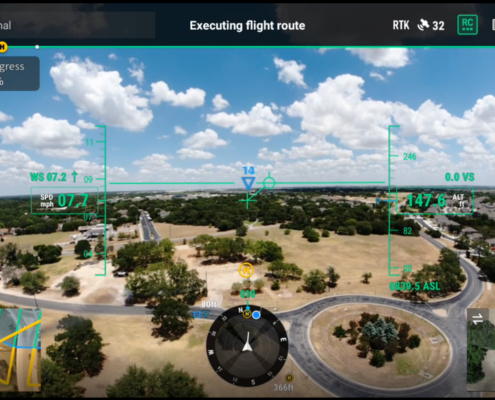Aerial Mapping
Technological Solutions
Over the last few years, drone (UAV) technology has evolved rapidly, changing how we use drones in the professional environment. The benefits of these innovations are particularly prevalent in the civil engineering field.
The use of Drones provides KPA Engineers to better serve communities by taking advantage of the following benefits:
Project management – Drones assist the internal team and clients track the project life cycle using videos and photos.
Surveying – Photogrammetry and Lidar drone functions can build highly accurate 3-D models. High-quality Orthomosaics photos comprised of hundreds of smaller overlapping images quickly produce design backgrounds and display the current conditions of a project site.
Final Design (As-Builts) – By utilizing imagery captured and 3-D models, a project can be verified for design accuracy.
Workforce Efficiency – Drone operations only require one or two personnel in place of a survey crew, saving time and money for the firm and the client.
How It Works:
A drone, or Unmanned Aerial Vehicle (UAV), captures aerial data using a downward-facing camera. The camera photographs the landscape many times during a survey from multiple angles. This dataset allows the creation of a 3-D model and an Orthomosaic image used in a project’s design and planning phases.
Before the invention of drones, human-crewed aircraft or satellites would capture imagery. The flights would occur at a higher altitude resulting in slower data retention and less resolution. These options are also more expensive and dependent on atmospheric conditions such as clear skies.
Traditional topographic surveying requires the manual collection of points, which can be very time-consuming and prone to human error. The drone is more reliable and expedites this process by collecting millions of points in minutes. These points can then be filtered down to isolate only the areas needed.
KPA utilizes three drones for our projects, depending on our client’s needs – the DJI Matrice 300 RTK, the DJI Inspire 2, and/or the DJI Mavic 3.
All three drones are an asset to the KPA project workflow:
The DJI Matrice 300 RTK (M300) is the surveying workhorse and sets a new standard by combining intelligence with high performance and unrivaled reliability. With a flight time of up to 55 minutes and a max speed of 51 mph, the M300 efficiently enhances flight performance using DJI’s latest sensors and flight controls. This unit also allows us to automate flight routines to capture consistent results for our project needs efficiently. In addition, the M300 offers obstacle avoidance and aerial awareness, making it one of the safest drones in the sky.
The DJI Inspire 2 is our go-to drone for video and photo project updates. We can fly pre-programmed missions to capture high-resolution imagery on the same flight path through the project lifecycle. This drone can go from 0 to 50 mph in 5 seconds, hit a maximum speed of 58 mph, and includes a dual battery system. The Inspire 2 also provides obstacle avoidance and sensor redundancy, protecting when flying in challenging missions.
The DJI Mavic 3 is the latest release from DJI and is considered the Swiss Army Knife of drones. This compact package offers multiple cameras, a 46-minute flight time, the ability to withstand high wind speeds, and Complete Omnidirectional Obstacle Sensing. With the Mavic 3, we can capture exceptional project imagery for our clients while experiencing a stable and accurate flight.
This state-of-the-art technology remains a top priority at KPA Engineers and assists in providing highly accurate products and efficiency to our clients.



